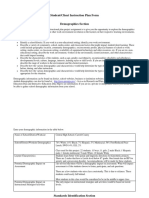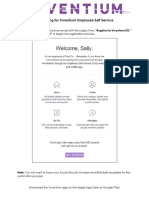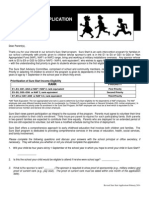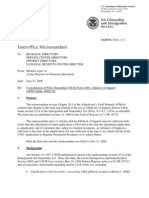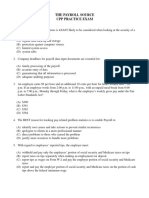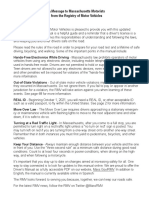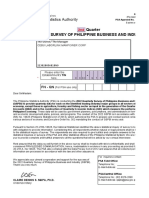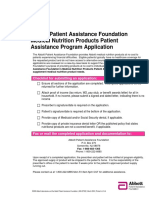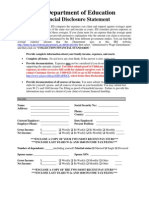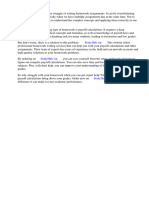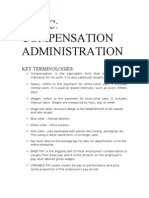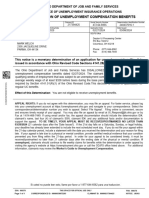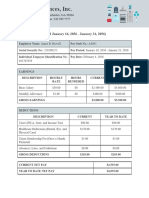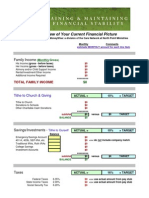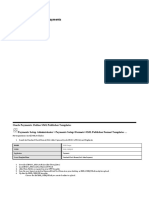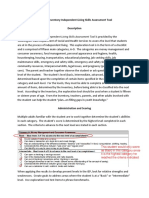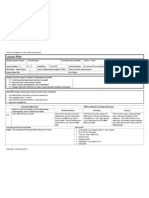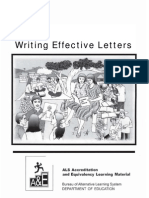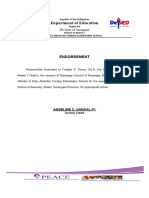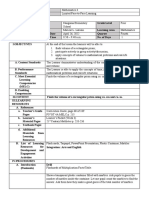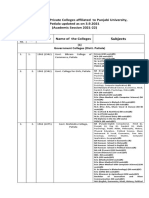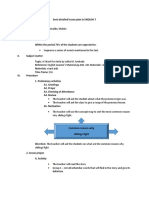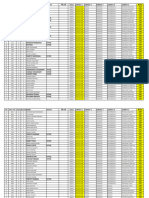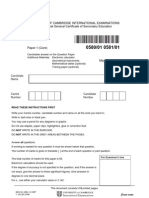0% found this document useful (0 votes)
1K views12 pagesILS Assessment
This document provides information about the Independent Living Skills System (ILS 8.0), which assesses skills needed for independent living. It describes the history and validity of the assessment, which measures 16 skill categories. Users can choose between interview and objective assessments, and standard or short forms. The assessment should be given every six months. Assessment results generate a skill plan with goals and strategies to teach skills the youth failed. The plan is given to the youth and their support system to work on skills.
Uploaded by
johnhaysCopyright
© Attribution Non-Commercial (BY-NC)
We take content rights seriously. If you suspect this is your content, claim it here.
Available Formats
Download as PDF or read online on Scribd
0% found this document useful (0 votes)
1K views12 pagesILS Assessment
This document provides information about the Independent Living Skills System (ILS 8.0), which assesses skills needed for independent living. It describes the history and validity of the assessment, which measures 16 skill categories. Users can choose between interview and objective assessments, and standard or short forms. The assessment should be given every six months. Assessment results generate a skill plan with goals and strategies to teach skills the youth failed. The plan is given to the youth and their support system to work on skills.
Uploaded by
johnhaysCopyright
© Attribution Non-Commercial (BY-NC)
We take content rights seriously. If you suspect this is your content, claim it here.
Available Formats
Download as PDF or read online on Scribd
/ 12






